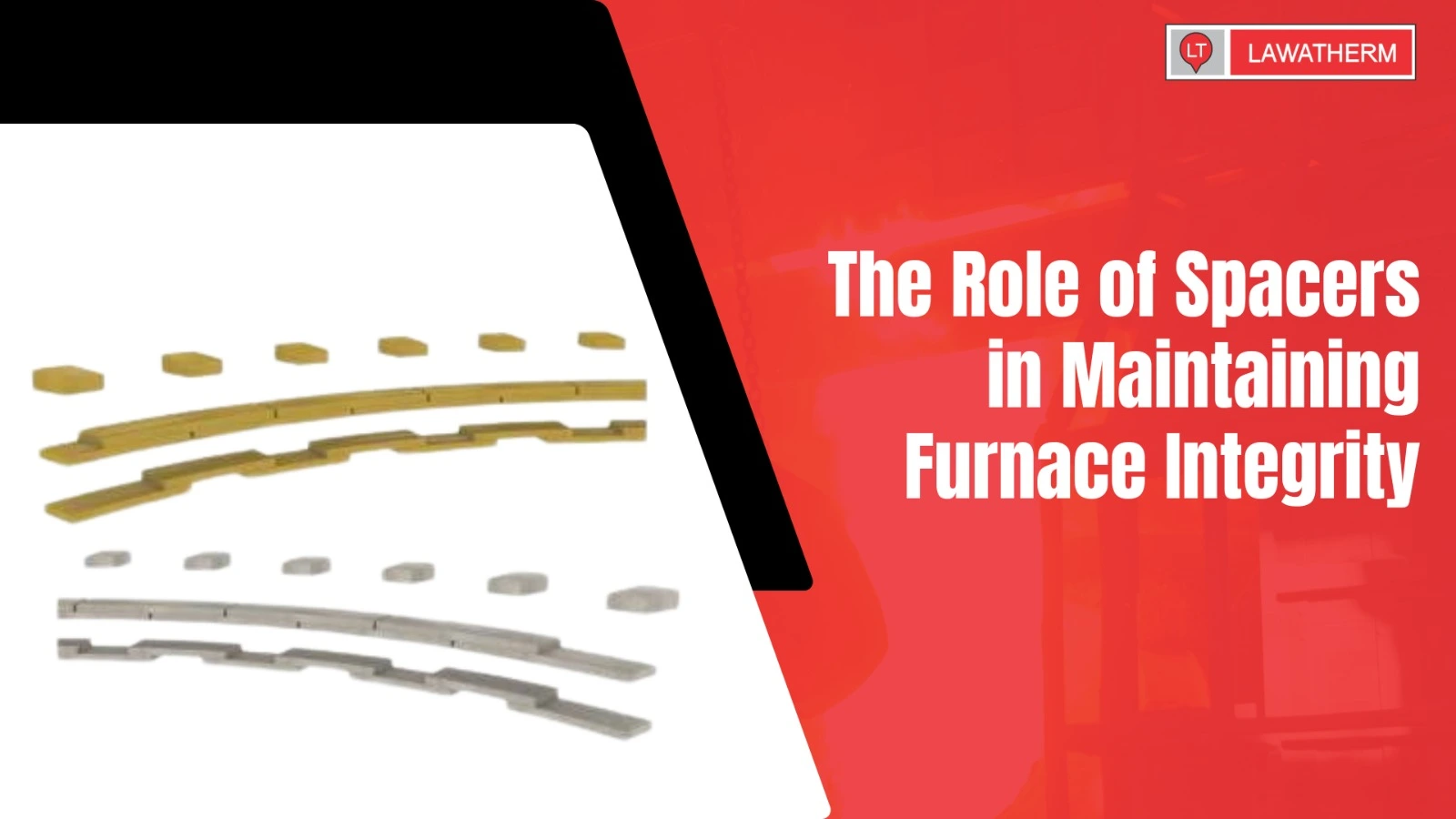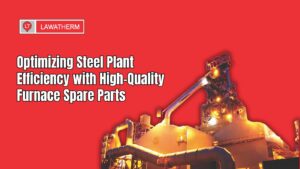In steel manufacturing, furnaces do the heavy lifting. They run hot, often nonstop, and any weakness—no matter how minor—can cause big problems. One such detail that rarely gets much attention? Spacers.
These simple parts don’t stand out. But if you’ve spent time around induction furnace components, you know that small things, when ignored, can snowball into major repairs or worse, unplanned shutdowns. Let’s look at what spacers actually do—and why they matter more than you might think.
What Are Spacers, Really?
Spacers are small. Often basic in shape. They sit between parts inside a furnace to keep some distance—nothing touches that shouldn’t. They make sure coils aren’t too close to the furnace wall. That kind of spacing matters more than most realize.
Without spacers, contact between components could cause wear faster than expected. Or worse—unbalanced heat, which puts extra pressure on other parts. That’s how damage starts. You don’t see it at first. But it adds up.
If you’re running a steel plant—or managing repairs—you probably already know this. The issue is usually not about knowing. It’s about choosing the right kind of spacer.
Why Spacers Make a Difference
Heat Management
Furnaces run hot. Always. And not just at one spot—heat travels. But not evenly. This is where spacers earn their keep. They help distribute heat more evenly by keeping parts from transferring heat too quickly to each other. That helps avoid hot spots, which damage components and mess with melting consistency.
Think of it like this—if your induction furnace components are exposed to uneven heat, the steel itself could end up compromised. Not just on one batch. It becomes a pattern.
Reducing Wear and Tear
When two parts keep rubbing—because there’s no buffer—wear happens fast. Spacers prevent this. They sit between those moving or heated parts. Over time, this buffer keeps repairs down, saves on replacements, and means fewer surprise breakdowns.
That’s not just theory. Ask any plant manager who’s had a coil rub directly against a chamber wall. One tiny part wore out. But the damage wasn’t tiny.
Maintaining Alignment
Sometimes parts shift slightly under high heat or vibration. Spacers help keep things where they belong. They stop components from slipping out of line and causing chain reactions—those small misalignments that quietly erode system performance.
When parts stay where they should, your furnace spare parts last longer, and your team spends less time adjusting things manually.
How Spacers Fit into the Steel Manufacturing Process
You can’t afford downtime. Steel production doesn’t wait. And your furnace? It’s the core of everything.
Spacers, though small, make the whole thing run smoother. They protect coils, reduce power loss, and support energy control. Every bit of heat conserved, every component protected—it adds up.
Plants that take spacers seriously often notice something else too: fewer emergency stops. That’s not a coincidence.
At Lawatherm, we’ve seen this across setups. Better spacers mean less friction, less distortion, and fewer calls to shut everything down and troubleshoot in the middle of a shift.
The Case for High-Quality Spacers
Not all spacers are equal. Some wear quickly. Some just aren’t built for long-term heat exposure. And the cheap ones? They might seem like a win—until they fail during peak load.
At Lawatherm, we only deal in high-grade spacers that can take the heat. Literally. These aren’t parts to take chances with. A small failure here can lead to major costs later—both in money and production time.
So if you’re sourcing induction furnace components, ask the right questions:
- How does the spacer handle heat?
- What’s its wear tolerance?
- Who made it?
Small details. Big difference.
Final Thoughts
Spacers don’t get much credit. They’re simple, quiet parts doing behind-the-scenes work. But in a furnace, where heat, pressure, and performance intersect, they matter.
If you’re serious about keeping things running right—about reducing maintenance calls and protecting your investment—start by looking at the smallest parts first. Because that’s often where problems begin.
Lawatherm supplies furnace spare parts built to last, including spacers designed for heavy-duty industrial needs. You may not notice them at first. But you’ll notice when they’re missing.




